Introduction
It seems that Israel is trying to surround Iran from all sides. It means that whatever power Iran has, its economic power, is also being attacked. I am saying this because the world’s largest gas field attack has been bombed, and Israel did this to Iran. And let me tell you, Iran is very dependent on this gas field.
Geographic Details and Strategic Location
See, Israel bombed the gas field here, which is said to be the world’s largest gas field, and its name is South Pars. I will try to explain this to you a little bit on the map. You can see this is the map of Iran. Its capital is Tehran. And the gas field that we are talking about, you will find it basically towards the Persian Gulf.
And here, if you look, there is a state of theirs here, or it is called a province there. Whose name is Bushehr Province. If you look carefully, this connects a very big province of Iran with the Persian Gulf. Bushehr Province. And adjacent to this province, that is, inside the Persian Gulf, here you will find this gas field, which is basically called the South Parts.
Shared Resource with Qatar
Again, I am showing you a little zoomed-in map. You can see the Bushehr Province. This is the entire Persian Gulf. And look carefully here, this is Qatar. And if you know, then Qatar is the world’s largest. Listen carefully. It is the world’s largest gas producer. Natural gas is produced by them.
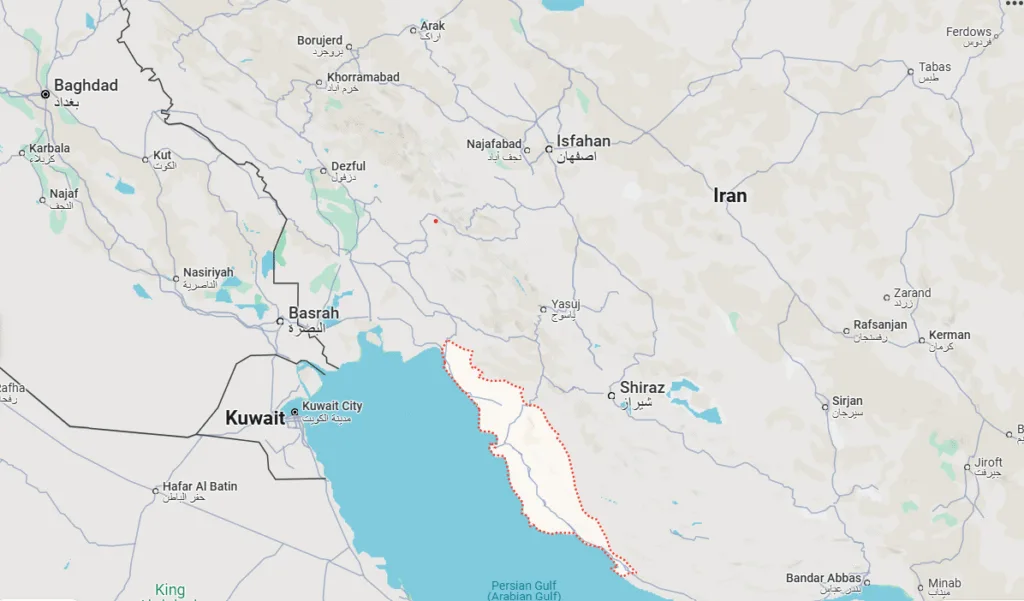
So what you are seeing here is your North Parts above. We are not talking about it. You are seeing this huge area below, which is called your South Parts. And this is adjacent to Qatar’s gas field as well. Qatar calls it the North Field. So, understand carefully. Qatar calls this field the North Field. And Iran calls it South. They are the same in a way. So this is what we are talking about.
Impact of the Attack and Economic Importance
So it is being said that a huge bombing was done on this particular gas field, due to which the infrastructure was damaged, and here you can see a massive fire breakout. If you look at this picture, it was being shown from a distance through cameras, that how the infrastructure there was tried to be tripled, and through sources, it is being told that the generation has been somewhat suspended.
Production Data and Strategic Dependency
Well, how much does this gas field, South Pars, produce? Is it exactly so? South Pars, as I told you, is the world’s largest gas field, and it is said that 1800 trillion cubic feet of natural gas is produced there. And this becomes important because 66% of Iran’s natural gas production comes from this particular gas field alone. There are many parts of the pure resources of Iran Petrochemical.
Look, petrochemical feedstock means the petrochemical industry where plastics, etc., are made, and the raw material for that also comes from this particular gas field. Apart from this, you will also get to see the fuel for electricity generation and heating in Iran from here. Meaning it is strategic and of economic value. There are many interest in Iran.
Strategic Shift in Israel’s Target
Iran earns the most revenue by exporting oil, and secondly by producing gas. So, from this, you will be able to understand how important this particular gas field is for Iran. The main thing is that till now Israel was mostly trying to cripple the nuclear facilities or military infrastructure in Iran. It was attacking it.
But since yesterday, if you look, the news is coming that in Tehran, which is its capital, if you look inside Tehran, on the northwestern side, it is being reported that one oil depot was bombed. There, south, and then some other oil devices. And now the news is coming that the South Part, which is the largest production hub of natural gas, was attacked in some way.
Civilian Infrastructure Under Attack
So this is unexpected. Meaning, if you are attacking the civilian energy infrastructure, it means you are trying to affect the economic and daily life of Iran. This is an attempt to give a signal that the battlefield is now becoming wider from here, and Iran may also retaliate on a large scale.
Domestic Impact on Iran
Well, what will be its domestic impact on Iran? Again, as I told you, 66% of Iran’s total gas production comes from here. So if there is a long-term disruption here, then due to this, power outages, heating crisis, and many other things can be seen in Iran. Petrochemical plants can be crippled. Raw materials will not reach the industries. The public’s anger can flare up even more.
Israel’s Unstated Objective: Regime Change
Look what Israel wants here. I made a video this morning and tried to tell you that the unstated goal of Israel is regime change. Meaning Israel wants to ultimately get a permanent solution. It wants to overthrow the regime of the Islamic Republic that has currently running in Iran since 1979.
So one thing can also happen that by doing all these things and destroying the infrastructure, the public will get angry and come on the streets and the entire system of Islamic Republic that is running at the top in which the supreme leader is Kamayani, so they might be trying to remove all of them in a way.
Sanctions and Repair Challenges
I will already tell you one thing that the attack on the South Parts will not be easy to restart because the US sanctions are already imposed on Iran, so the replacement parts will be very difficult for Iran, so it will be interesting to see how it deals with it.
Regional Fallout: Qatar’s Stake
But apart from this, you have to understand another dimension of this, that this is a big blow to the Iran-Qatar shared resources as well. What I mean to say is that if you see this North Field here, which I was telling you about, it is shared with it. That means both Qatar and Iran share this thing.
So what does it mean to attack here? It means that there is a big danger that its effect can go to the other side as well. Because if you are attacking a shared gas field, then its effect will be on Qatar as well. It exports to Europe and Asia on a large scale.
Potential for Escalation and Global Impact
So, because of this, the matter can go beyond Iran. If you see, there is news here that Iran has threatened that it can close the Strait of Hormuz. It can impose a blockage. So here is your State of Homeus. Especially because 30% of the world’s oil exports happen from here. Qatar can get LNG shipments done through this only.
Economic Ripple Effects
So, imagine if any kind of disturbance occurs here, it will bring a huge disruption in the energy market of the whole world. And the prices, etc., will go up so fast that we can’t even believe it. Some estimates say that it can go up to 120 dollars per barrel. It gets run, leading to 150, it gets run, leading to 200.
That means such estimates are being made based on the situation prevailing in the Middle East at the moment. Already, if you see, because of this news, the price of crude oil has increased by 9%. The future prices of natural gas in European and Asian exchanges also increased suddenly. So, in a way, the market is afraid that a chain reaction can also be seen.
India’s Vulnerability
It is possible that due to the exchanges happening between Iran and Israel, oil fields in Saudi Arabia, the UAE, and Iraq may also be hit in some way. If this happens, there will be a huge reaction, and ultimately, it can trigger a global energy crisis. So this is a little thing, and it is self-evident that if we consider almost India, India imports 85% of its crude oil from here.
We import 55% natural gas from here. Whatever our requirement is, and if you look at the supply from the Middle East, 60% of India’s crude oil comes from here. Economically, especially if we look at Iraq, Saudi Arabia, and the UAE, what could be their possible consequences? If oil prices increase, then ultimately everything will be affected, be it India’s trade deficit, physical deficit, or inflation.
Critical Strait of Hormuz and India’s Strategic Reserves
And suppose if the State of Hormos is closed, then it is even more dangerous because 40% of India’s oil comes from this particular state. So if Iran retaliates here, for example, if it blocks the State of Hormuz, then the shipping cost here will increase. The insurance that has been done will run down very fast because this is often seen that whenever there is a conflict, the cost of insurance of ships, etc., that are coming suddenly increases very fast.
India’s energy supply can be disrupted. We will also have to try to find an alternative. As distant as India’s savings are concerned, see, we have savings of as little as 9 to 10 days. We are talking about oil. So, in the end, it was affected by India and the whole world.
Diplomatic Fallout and Risk of Wider War
If we talk about its geopolitical implications, then look, because of this war that has started, the last hope that talks were to take place between Iran and the US regarding peace has also been cancelled. Talks were to be held here today regarding this, but they have been abruptly cancelled.
Iran’s leadership says that we will take revenge. We will take revenge at a very bad level. What could be the Iranian response? Again, Iran can also attack Israeli infrastructure and gas fields. It can carry out attacks through its proxies, Hezbollah, and Houthis. It means that it is difficult to predict how much the war will spread.
Historical Precedents
But again, before this, if you look, one or two such big attacks have taken place. For example, the Aramco attack took place, in which the Houthis and Iranian drones attacked Saudi Arabia’s oil plant. Due to which, again, there was a global oil shock. So whenever such things happen, you see a disturbance globally. And this is a significant reason; India, too, will have to prepare itself to some extent.
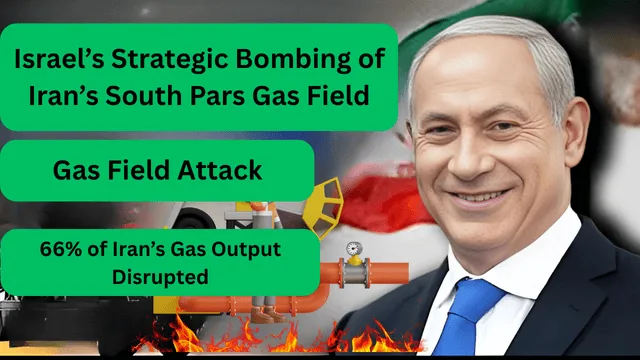

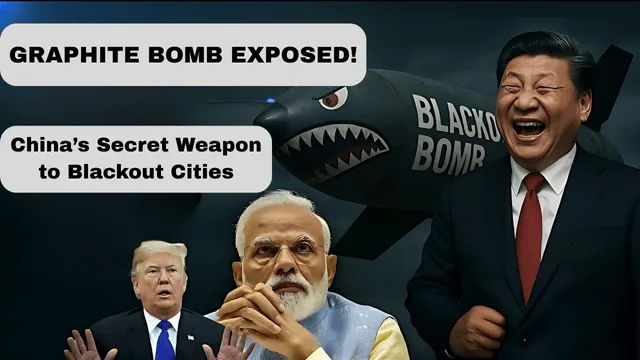
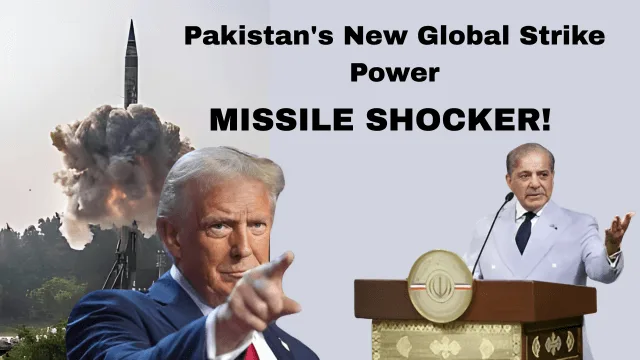
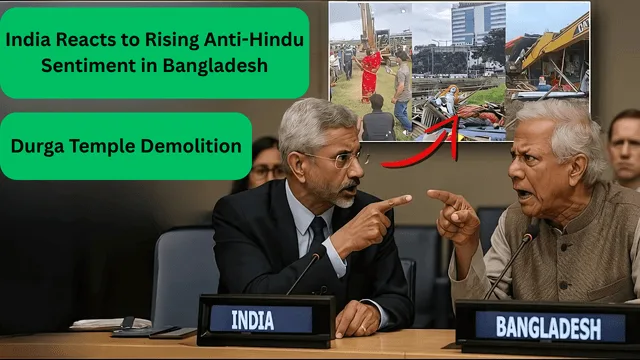

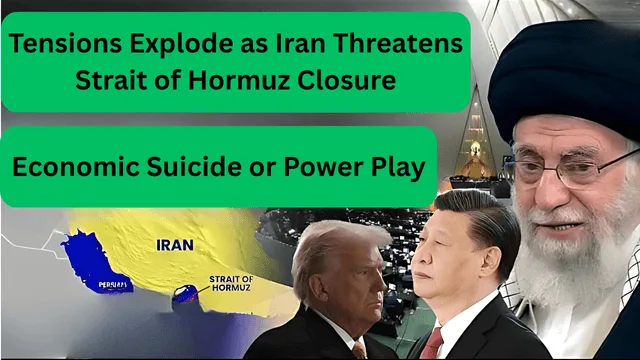



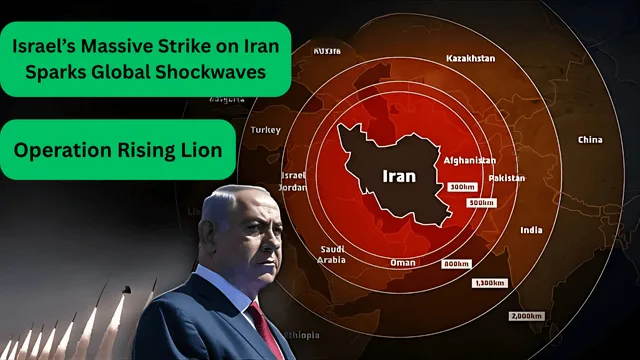
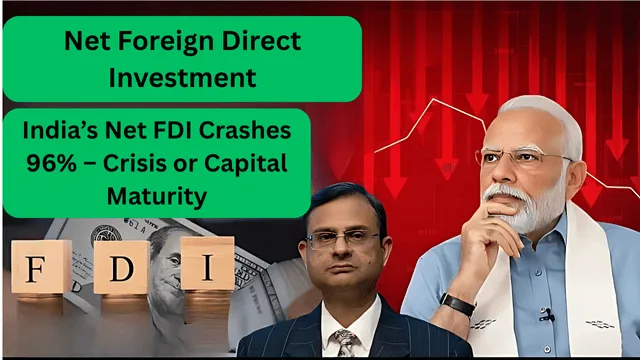
Leave a Reply